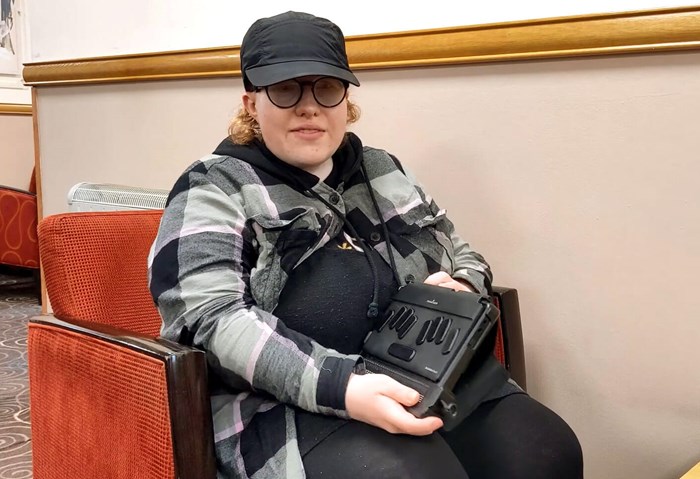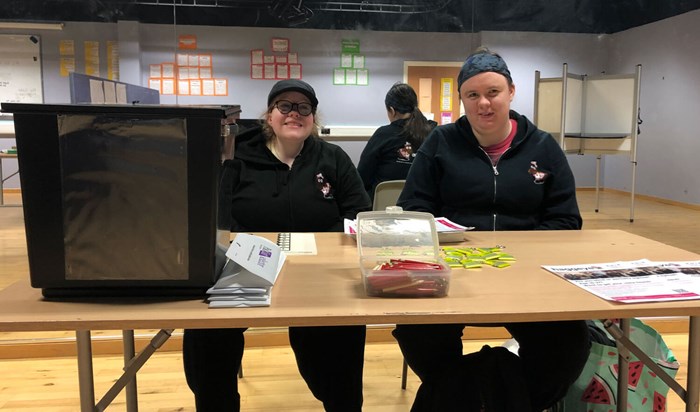Braille, the system of raised dots that has enabled blind people to read and write, is as vital as ever, and has adapted to the advances of new technology, says RNIB, Scotland's leading sight loss charity.
Today marks the anniversary of the birth of its inventor Louis Braille (1809-52), the Frenchman who himself became blind at the age of four. The braille system is based on six raised dots, arranged in two columns of three. Variations of the six dots represent the letters of the alphabet, punctuation and groups of letters. 2024 also marks 200 years since braille was invented, with the system being developed through 1824 and 1825 when Louis Braille was a teenager.
Nicola McCrory (18) from Blantyre, has the sight condition pineal blastoma. "I can see nothing out my left eye and roughly about 5% with my right eye," she explains. “I started using braille when I was five, and I started by learning the braille contraction and short forms. I can also read size 72 print.
"I use braille on a daily basis for class work, and I can send and receive emails. I like using braille because a lot of word and letter combinations are contracted so it is quicker to type.
“I use a BrailleNote Touch Plus for schoolwork. It is a flat device, consisting of a braille keyboard on the top and a braille display as well. I prefer this because it was the main braille device of the time I received it, and I just could not get my head around how to use anything else!
"I enjoy books in both braille and audio. If I had to pick a favourite author, I would probably pick David Walliams because his books are quite funny. But my favourite books are The Hunger Games, Twilight, Percy Jackson and my very, very favourite, Harry Potter.
"My advice to braille users would be even though you may not know all the short forms and contractions, the braille device will change the word into its contracted form anyway. I think braille should still be taught to children and young people with sight loss, no matter their visual impairment.”
According to RNIB, only 7% of those registered blind or partially sighted use braille, but the system and the technology that surrounds it are still vital tools for those who learn to read it.

James Bowden, Braille Technical Officer at RNIB says: “I use a screen reader to access a computer every day. With a braille display attached, the combination of speech plus braille is very powerful, giving the benefits of both: speech for speed and braille for precision. It's vital to have the braille where the detail is important.
“Outside of work, I can confidently say I have read far more braille for pleasure since having an Orbit Reader 20 display. Having thousands of books readily available in a small unit is so much more convenient than shelves and shelves of volumes, though hardcopy also has benefits. I've even used the Orbit Reader to learn pieces in braille music.
“Updates in the braille code, new refreshable braille devices and new ways to access braille content make this a very exciting time for braille, not only in the UK, but worldwide.”
The use of braille also extends beyond just reading books. From dialling a phone number to checking a bank statement, being able to read braille helps blind and partially sighted people be independent in many ways and reduces the need for support.
RNIB has over 10,000 braille library master files it can produce a book from. Readers can request a printed-off braille copy, download a title from RNIB's reading services platform, or buy a SD card with thousands of braille files available on it.
The RNIB library also has thousands of electronic master files for braille music scores and various maths and science books and codes, as well as maps. RNIB also transcribes magazines into braille, with TV guides being the most popular.




